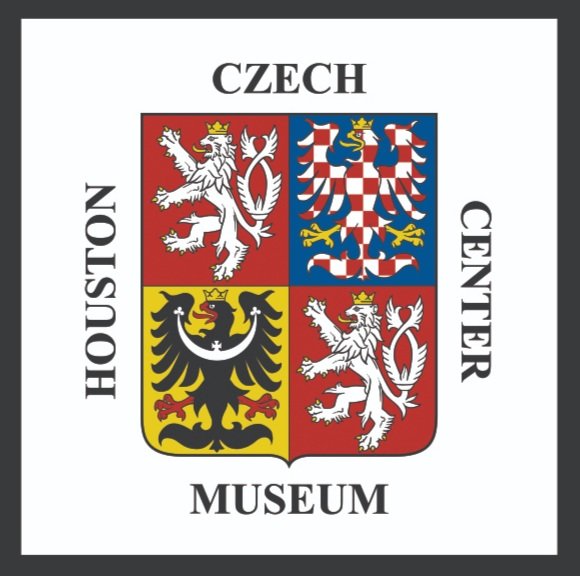The legend of the three brothers Lech, Cech, and Rus, who became the ancestors of the Polish, Czech, and Rus, explains how these cultures were created. The legend involves the brothers being the son of prince Pan and leaving the Pannonia empire. Some accounts don’t involve Rus, rather just Lech and Cech, who are the sons of Jan and not Pan.
LGBTQ+ Marriage In The Czech Republic and Slovakia
The former communist-controlled Czech Republic is now one of the most progressive countries regarding LGBTQ+ (same-sex or transgender) rights, but inequality remains. While civil unions are now recognized, same-sex marriage is illegal and is under review as of June 2023. However, the LGBTQ+ in Slovakia do not even have civil unions, let alone same-sex marriage, though there is the law of a “close person,†which is someone who is close to an individual. Just as in the Czech Republic, Slovakians are vying for same-sex marriage to be legalized.
Meda Mladkova
Meda Mladkova was a patron of the arts who helped support Czech artists stuck behind the Iron Curtain. She trained to be a dancer but decided to leave Czechoslovakia after witnessing how terribly the Germans who remained in the country were treated at the end of the Second World War. Even when she met the Ministers of Culture and Education and the Director of the Nationa Gallery, she truthfully and successfully stood up for artistic freedom.
Jaroslava Brychtova (18 July 1924 – 8 April 2020)
Jaroslava µ°ù²â³¦³َ³ظ´ا±¹أ، and Stanislav ³¢¾±²ْ±ً²ش²ُ°ىأ½â€™s partnership of almost 50 years birthed some of the defining sculptural and architectural installations of the 20th century. They used their art as a form of political resistance and were inspired by early 20th-century Czech Cubism and metaphysical philosophy to work with abstraction.
Czech Beer : A Brief History
From the Brevnov Monastery to the modern-day Pilsner, the Czech people have been enjoying beer for over a thousand years. Known as the beer of tradition, Czech beer is ingrained into history itself. When beermaking was banned. the Brenov Monastery, as the first-ever Bohemian brewery, was exempt. Initially, after the ban on brewing ended, only noble families or homeowners were allowed to brew beer. It was in 1842 that the famous Pilsner was created.
Eliska Junkova: Racing into History
Eliإ،ka ´³³ـ²ش°ى´ا±¹أ، is the first woman to win the Grand Prix, in 1927. Even before, ´³³ـ²ش°ى´ا±¹أ، was “Queen of the Steering Wheel,†a well-earned title that she worked towards since 1922. Her dedication to racing began with her dedication to her husband, Vincenc “ؤŒ±ً²شأھ°ى†Junek, whom she met at her job at the Prague Credit Bank.
Palach Week
Jan Palach was a Charles University student who protested the Soviet-led invasion of Czechoslovakia and the Warsaw Pact by self-immolation. His protest inspired further protests, including a hunger strike in Wenceslas Square. These protests further inspired resistance throughout the rest of Prague, and then Europe.
David Cerny: Lilit Sculpture
For over a year, David Cerny and his associates have toiled away at the completion of the recently completed "Lilit" sculpture, placed in the Karlin District of Prague. Cerny himself began his artistic career at the Academy of Arts, Architecture, and Design in Prague, continuing to build his knowledge and network with several artist residencies in Switzerland and the United States. His entry into fame began with infamy as he painted a Soviet tank monument pink as an act of "civil disobedience." Soon after did his career take off, eventually making him an impactful cultural installation in Czech society.
Traditional soups
Magic on Charles Bridge
Vaclav Havel
Vaclav Havel, Czechoslovakia’s first president, also lived as an activist, poet, and playwright. Communist rule made Havel's life hard, including his education, but he prevailed, having attended university. Even into his adulthood, Havel faced political strife, having his plays banned from viewing and being harassed by the government due to his activism. Was the trouble worth it for the first post-Communism president?
Slovak Flag
White, red, and blue make up the Pan-Slavic Tricolor, chosen based on the flag of Russia since that nation, during the late 17th century, represented Slavic independence and power. In fact, their flag was initially too similar to the Russian flag for them to keep it that way, thus the decision to ultimately add the heraldic symbol was made on September 1, 1992.
Samo and his Empire (631 – 658)
In the mid-seventh century, the "first Slavic State" came into existence, ruled by Samo, thus named Samo's Empire. It began with Samo as a Frankish merchant who aided the Slavs in their revolt against the ruling Avars. Samo was such a major contributor to the effort that he was chosen as the leader. The rest is history...
The Czech Flag: A Century of Waving
Inspired by the American holiday, many nations in the world celebrate Flag Day, including Czechia. Before Czechia, there was Czechoslovakia, whose flag, created in 1918, featured 2 horizontal stripes, white on the top and red on the bottom. The flag changed to include a blue wedge from the left and has remained this way since, including after the separation of Czechoslovakia into the Czech Republic and Slovakia.
Mother's Day in Czechia: Charlotte Masaryk
Through history, celebrating Mother’s Day in the Czech Republic was more complicated than one could imagine. It begins with the wife of Tomas Masaryk, Charlotte, who fought for women’s rights and taught her daughter, Alice Masarykova, to do the same. After her mother’s death, Alice established Mother’s Day in 1923. The complications of Mother’s Day lasted for a long time, into Czechoslovakia’s Communist occupation.
Current Events in the Czech Republic
Miloإ، Zeman is the current president of the Czech Republic, recently checked into a hospital for chronic health conditions. Due to the unfortunate circumstances facing the president, both houses of Parliament would need to discuss and pass a clause that allows lower officials to carry out presidential duties.


















